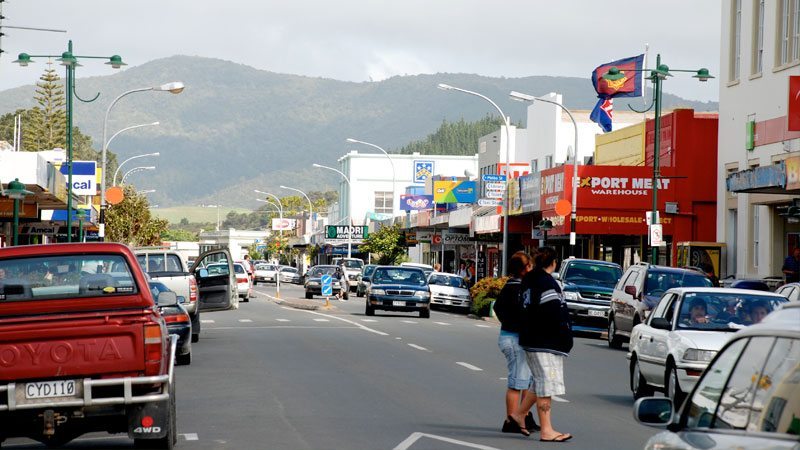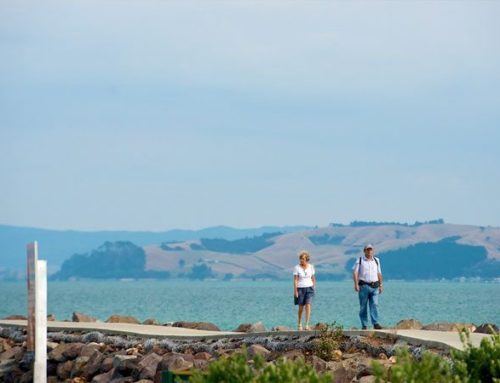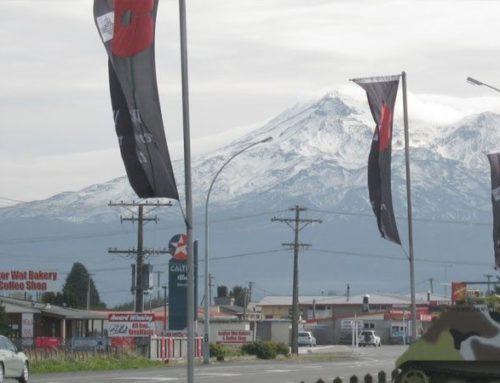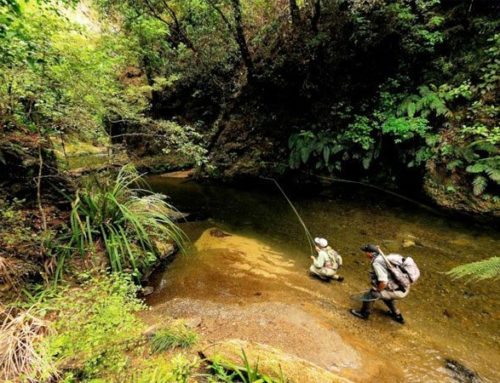Kaitaia is New Zealand’s most northerly service town and the commercial heart of the Far North. The word Kaitaia means ‘abundance of food’ in Maori, chosen for the prolific bird life in the ancient Kauri forests and the plentiful supply of fish and shellfish along the 90 Mile Beach.
The town is the starting point for coach tours along the beach to Cape Reinga, and is an excellent base for day outings in the area. The visitor centre is on South Road and the nearby Far North Regional Museum is well worth a visit.
The 90 Mile is undoubtedly New Zealand’s most famous beach, although it is actually nearer to 90 kilometres in length. At low tide a broad swathe of sand as compact as concrete stretches to infinity disappearing into a mirage-like vision of summer heat haze mingled with salty mist.
Walking on the sand between the pounding breakers and the golden dunes you sometimes get the feeling that you are absolutely alone in the world. At other times the beach is like a frantic free-for-all on an urban expressway as the regular sightseeing coaches hurtle past in a curtain of spray. The beach is breathtaking in its unspoilt natural beauty although in 1869, as Captain Cook sailed past the all-devouring sand dunes, he dubbed it the ‘Desert Coast’.
From Kaitaia there are two main gateways to the 90 Mile Beach. Waipapakauri, to the north, is the base for the ‘world’s biggest surf-fishing contest’ each January when one thousand avid fishing enthusiasts clad in wetsuits or oilskins, stoically face the foaming fury of the Tasman Sea demanding a portion of the sea’s harvest.
Ahipara, just 14 kilometres south of Kaitaia is a ‘must see’ holiday haven and adventure centre at the southernmost tip of the beach. Four-wheel drive safaris and quad motorbike trips around the coastline and up into the sand hills are a speciality here. Once you have got a taste of the action there’s land yachting, tobogganing, hang-gliding and horse riding to follow, along with surfing, fishing and shellfish gathering.
Above Shipwreck Bay a gravel road winds up to the Gumfields Historic Reserve – a scrub covered wasteland. One dilapidated shop remains, in this ghost town, crammed with the paraphernalia of that era, including the iron rods that once probed for the amber blobs of kauri resin. The hard working Dalmatian diggers would not have had time to indulge in the many pleasures Ahipara offers today.







Leave A Comment